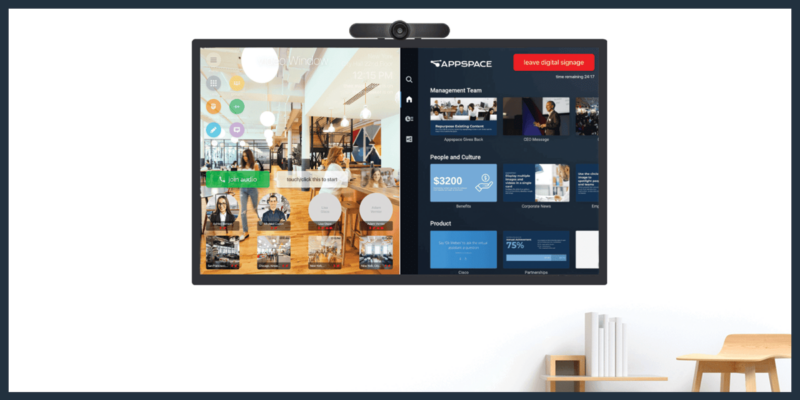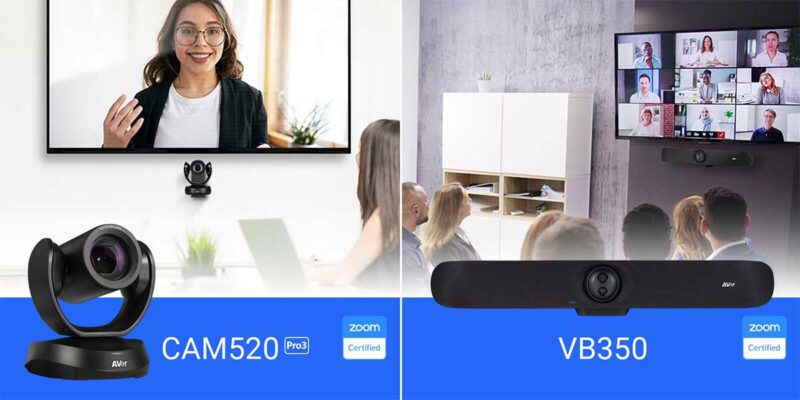Hybrid Is Tough
If you’ve been paying any attention to the conversations in professional AV right now, you’ve undoubtedly heard the word hybrid over and over again. There are countless products, articles and strategies for deploying technology that bridges our physical spaces to our virtual ones in ways that try to level the playing field and create equity in the experience for all attendees.
One of my favorite parts of the movie Forrest Gump is when he finally buys a shrimping boat. He had promised his (now deceased) friend Bubba that he would buy a shrimping boat after he returned from Vietnam. Armed with a hopeful naivete and memories of what Bubba told him about shrimping, he fulfills that promise and buys a boat. However, despite having all the tools, (nets, a boat, etc.) and having the sage advice of a career shrimper like Bubba, Forrest had very little success initially.
“Now Bubba told me everything he knew about shrimping, but you know what I found out? Shrimping is tough.”

And guess what? Despite all the product pitches and blog advice out there, hybrid is tough too!
In the pre-COVID world, remote participants in meetings were the exception, not the rule. If there were glitches in the system or transmission, everyone accepted it as par for the course. Then the pandemic hit. We were all sent home to some capacity and started working remotely. The WFH scenario may have created an initial need for additional hardware, in fact, and I think webcam supplies are just starting to recover, but a laptop or a tablet with a camera and microphone were the only things that were needed to stay connected. Laptops and tablets are, by nature, cross-platform, allowing users to launch Zoom, Teams or Webex meetings with ease from their browsers.
However, the situation we face now with hybrid becomes sticky. We now have to connect multiple room systems to other room systems to desks and to home-based employees, and potentially do that in ways that support Mac, PC and Mobile OS, and multiple soft codec meeting platforms. Many enterprises also want these systems to work with the reliability of the previous generation of single-platform, appliance-based systems.
No doubt about it; hybrid is tough!
Now, of course, there are lots of solutions hitting the market for cross-platform compatibility as well as easy-to-install appliance-based systems that require customers to choose a platform, but these systems often offer increased reliability at the cost of decreased flexibility.
My point of this blog isn’t to define a bulletproof approach to designing hybrid systems, although I’d argue any approach that doesn’t engage the end user in deep conversation about their workflows is in severe danger of failing. Instead, my point is to get comfortable articulating the difficulty of designing an effective hybrid work environment.
Your clients will be looking for guidance, and starting with “hybrid is tough” sets the stage for a partnership that involves more than quoting out some hardware. It acknowledges the challenges and relays that a successful outcome will only be achieved if the client is willing to partner in the solution by having discussions that go deeper than the products themselves.





